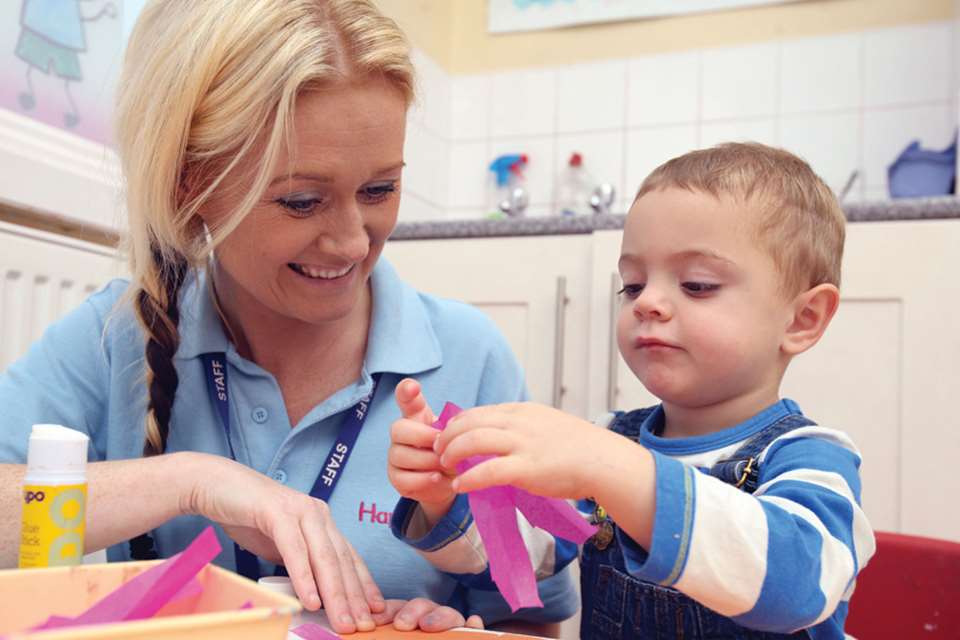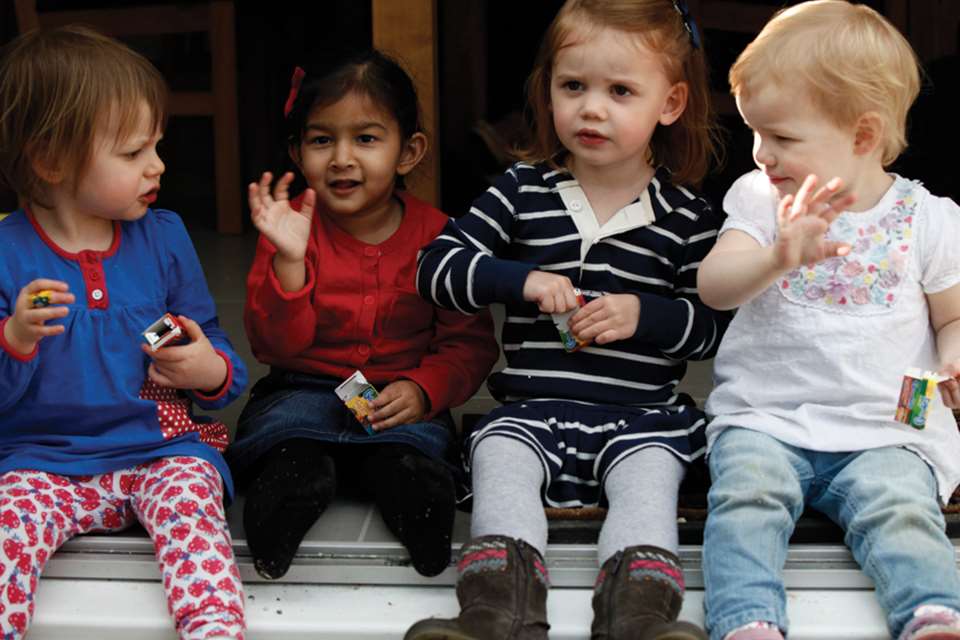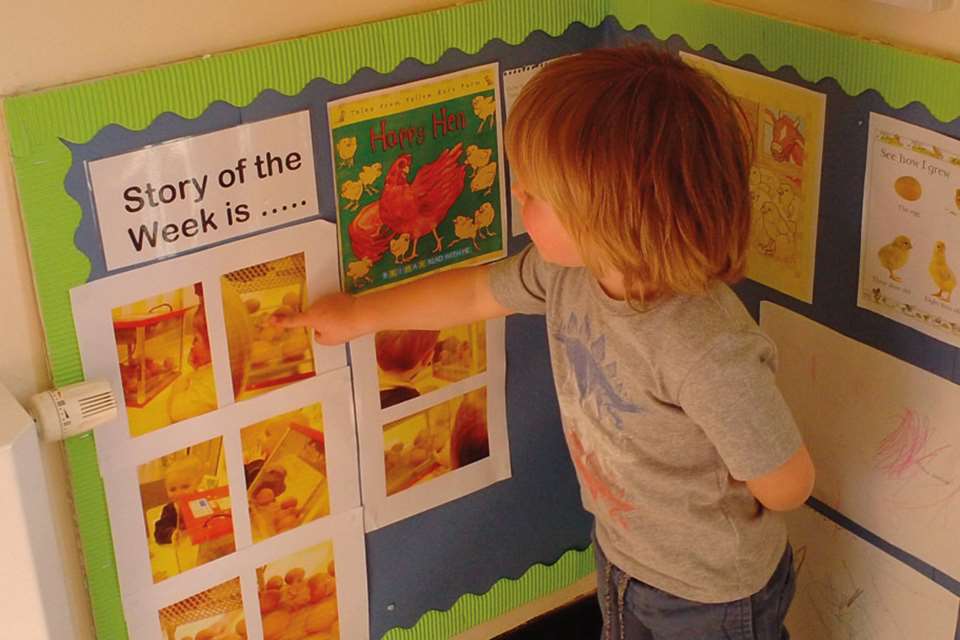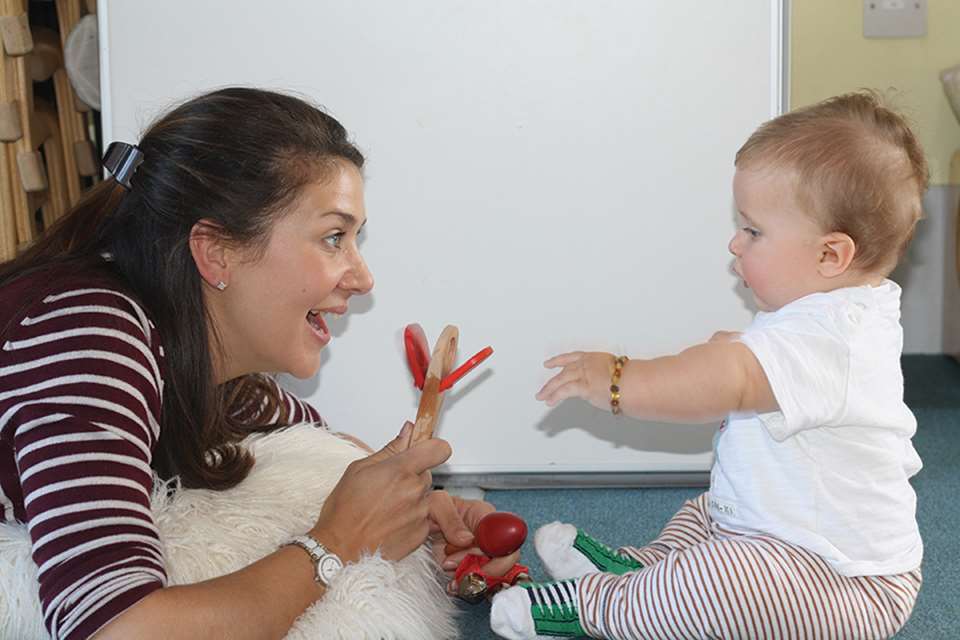Learning & Development: Communication & Language - Speak up
Katy Morton
Monday, June 12, 2017
How targeted intervention at one setting in Newark-on-Trent is bringing children struggling with speech, language and communication up to speed. Katy Morton reports

Bishop Alexander L.E.A.D. Academy’s approach to putting speech, language and communication at the heart of learning is improving the outcomes of children who arrive at the Foundation Unit below their age-expected level.
The unit, which is open to children from age three to rising six, provides targeted and specialist interventions for children who need it, along with regular speaking and listening activities for all children, initiatives including No Pens Wednesdays, and communication-friendly spaces inside and out.
As a result, children make rapid progress and catch up with their peers, says language lead Julie Nicholson.
She explains, ‘Last year, on entry to the unit, 80 per cent of children had delayed speech, language and communication. However, by the time they entered their second year – F2 (Reception) – this fell to just 20 per cent, with 55 per cent at the expected level for their age and 25 per cent above.’
In recognition of its dedication to improving children’s speech and language, the unit was awarded Early Years Setting of the Year in the Shine a Light 2017 Awards, run by education publisher Pearson in partnership with The Communication Trust.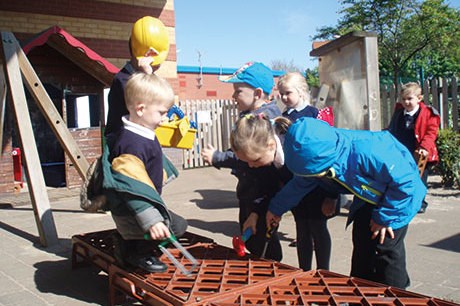
THREE-TIERED APPROACH
To determine the level of support required for each child, staff assess the children on arrival at the unit using the ECAT (Every Child a Talker) progression tool, which includes children’s social skills, listening and understanding of language. Re-assessments are carried out termly.
‘For children at the expected level for their age, a universal approach is used, while a targeted approach is used with children below the expected level and a specialist approach for those who are significantly behind,’ explains Mrs Nicholson. ‘Under the targeted and specialist approach, interventions are devised for the individual child depending on their need. Some may be part of normal interactions. For instance, a child may be below in two areas – speech sounds and listening – so interventions would focus on these areas. The frequency of interventions is dependent on the need of the child.’
Children are set individual targets and their progress is monitored continually, while staff also identify targets on their weekly planning for focused sessions. Children move between approaches depending on their progress or if they need more help. ‘We had a child aged 38 months who was below in all areas and received targeted support,’ says Mrs Nicholson. ‘At 41 months, the child was below in two areas. Five months later, he was at the expected level, so moved to the universal approach.’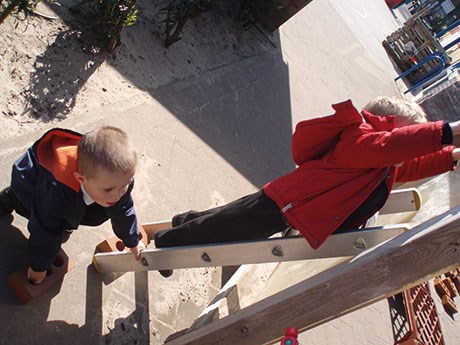
Targeted intervention
Often children start at the unit with low attention and listening skills. ‘These children are put into attention and listening groups, which are structured in a consistent way,’ explains Mrs Nicholson. ‘They begin with a “hello” activity (for example, singing the Hello song); a listening activity (for example, listening for “Go” before they throw a ball); a vocabulary activity (such as pulling animals out of a bag and naming them); a singing activity; a celebration of learning; and, finally, a goodbye activity, which could be singing the Goodbye song,’ she explains.
Specialist intervention
Lack of social skills is often a root cause of children’s language delay. ‘If children are found to need the specialist approach, they may not be socialising, they may struggle to understand action words and more than two words at a time. They may only put two words together such as “Mummy’s gone” and “snack time”. These are all things you would expect a child to be doing by the age of two,’ explains Mrs Nicholson.
To get a more in-depth understanding of children’s speech, language and communication needs, staff at the unit use the Communication Trust’s Progression tools.
Mrs Nicholson says children who require specialist intervention are often referred to speech and language therapists, who work collaboratively with the child’s SENCO, along with other external agencies such as early years specialists, family support workers and paediatricians, depending on the needs of the child.
‘The speech and language therapist will either come into the school or parents will take their child for appointments at the clinic. If sessions take place at school, a member of staff will come along so they can be shown the type of intervention the child requires. An example of an intervention could be colourful semantics. This is a sentence-building exercise where the child is shown a picture, for example a boy brushing his hair, and they choose the who (the boy), what they are doing (brushing), and to what (his hair) from small cards, which they place upon a card with three boxes to ensure they cover all parts of the sentence.
‘Another example could be a speech sounds exercise, where a child has to distinguish for instance between objects beginning with C and objects beginning with T.
‘How they get on determines what happens next. If a child achieves their target, a new one is set. If not, then we revisit the target, but set a different activity. All the information is tracked on our ECAT system’, explains Mrs Nicholson.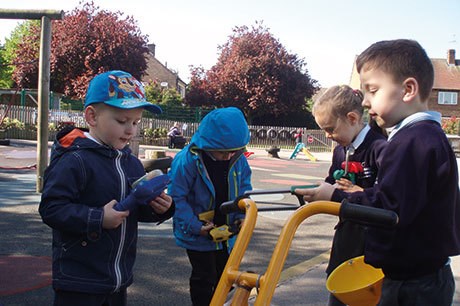
Universal approach
Under the universal approach, for all children regardless of level, the unit has created a number of communication-friendly spaces, based on the children’s interests. Outside there is a mud kitchen, digging and den-making area and, the most recent addition, a construction area, where a staff member is placed to intervene and develop children’s skills by using the effective strategies, reminders of which are on keyrings worn by staff.
Strategies include the four Ss – Slow (the speed of adult talk), Stress (how you say something), Say less (cut down on language) and Show (pictures, objects, gestures, pointing); OWLING (Observing, Waiting, Listening); and Think Time, a reminder to give children time to process things before rephrasing a question or asking something else.
The unit also uses visual timetables, song of the week, sign and symbol of the week, a clearly labelled environment and equipment and ‘speech buttons’ – apps that say aloud selected words and so give children access to key vocabulary, explains Mrs Nicholson.
Other methods
The school has also experimented with other ways to develop children’s language skills. Among them is Talk Buddies, which pairs children of different ages, cultures, home language and abilities to undertake a speech and language task. The unit currently has children with home languages of Polish, Lithuanian, Greek and Portuguese, and one with dual languages of Egyptian Arabic and Lithuanian.
Another initiative is No Pens Wednesdays, when children across the school and throughout the year put down their pens and take part in a day of speaking and listening activities. 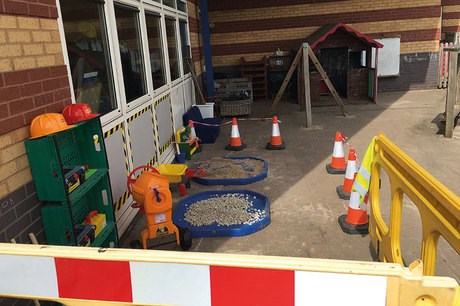
ACTION PLAN
Plans are afoot to consolidate and extend the methods used to promote children’s speech, language and communication across the school.
‘We must first ensure that the existing excellent practice is maintained and that new and complementary strategies are embedded in parallel,’ says Mrs Nicholson. ‘This can sometimes be challenging, particularly when staff changes occur, and it is our priority to maintain continuity and quality of interactions as and when new staff arrive.
‘We are currently updating our speech, language and communication action plan for 2017/18, and one example of an area we are looking to develop is “Story Telling”, allowing all our children to become “authors”. To maximise the impact in this area we will make our storytelling shelves a priority using an adult as a role model to support and extend the use of language. We will also use story-scribing bags to focus on the telling of stories and developing storytelling language.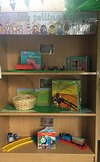 ‘We are also looking at expanding the good practice consistently across the whole school. While planning a new curriculum for September 2017 onwards, we have decided to have speech, language and communication as a distinct strand of the curriculum throughout all year groups. All staff will have objectives and expectations for the year groups they teach, and there will be opportunities for these skills to be taught, rehearsed and practised through well-planned activities. This may be through role play, outdoor learning or life skills activities, such as answering the phone.’
‘We are also looking at expanding the good practice consistently across the whole school. While planning a new curriculum for September 2017 onwards, we have decided to have speech, language and communication as a distinct strand of the curriculum throughout all year groups. All staff will have objectives and expectations for the year groups they teach, and there will be opportunities for these skills to be taught, rehearsed and practised through well-planned activities. This may be through role play, outdoor learning or life skills activities, such as answering the phone.’
More information


